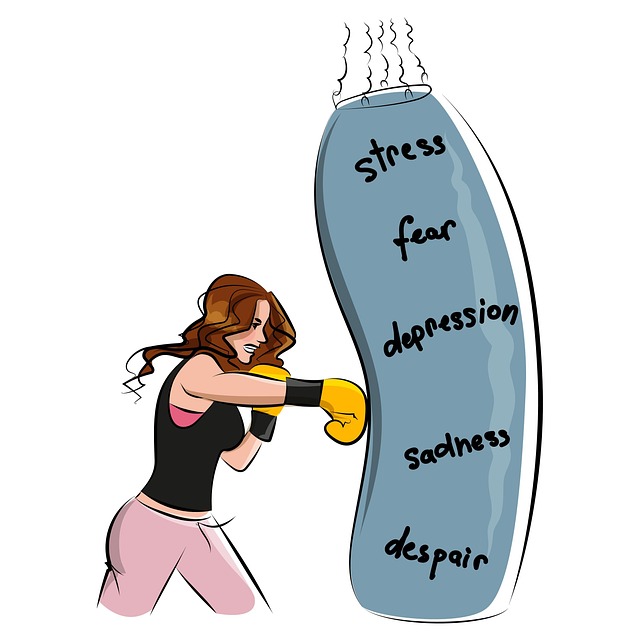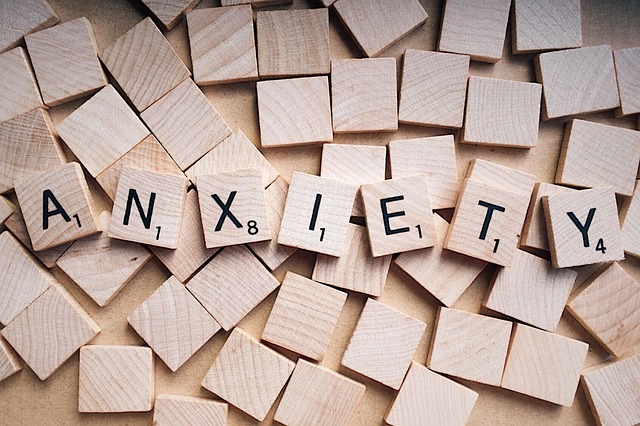Centennial Abuse Survivors Therapy (CAST) prioritizes risk assessment to ensure the well-being of trauma survivors. By evaluating triggers, past traumas, and vulnerability factors, therapists create safe spaces for healing and resilience. This proactive approach includes tailored strategies for early intervention, empowering survivors to regain control, develop conflict resolution skills, boost self-esteem, and manage mood. CAST professionals use comprehensive harm minimization plans, integrating cultural competency training and empowerment through self-care practices and safety plans. Long-term support strategies, like public awareness campaigns and specialized services, aim to create sustainable systems for abuse prevention and survivor resilience.
Risk assessment and harm minimization planning are essential components of supporting survivors of abuse, especially those engaging in Centennial Abuse Survivors Therapy. This article delves into these critical processes, exploring their role in fostering healing and well-being. We’ll guide you through understanding risk factors, developing strategic plans for harm minimization, and implementing long-term support strategies to prevent future trauma. By the end, you’ll be equipped with insights to enhance therapeutic journeys and promote resilience among survivors.
- Understanding Risk Assessment and Its Role in Healing
- Developing a Comprehensive Harm Minimization Plan
- Implementing Strategies for Long-Term Support and Prevention
Understanding Risk Assessment and Its Role in Healing

Risk assessment is a crucial process within the realm of therapy, particularly tailored for Centennial Abuse Survivors. It involves meticulously examining and understanding potential risks and their impact on an individual’s well-being. By identifying triggers, past traumas, and vulnerability factors, therapists can create a safe and supportive environment. This proactive approach allows for early intervention and tailored strategies to mitigate risks, fostering healing and resilience.
In the context of Centennial Abuse Survivors Therapy, risk assessment plays a pivotal role in empowering individuals to regain control. It equips them with conflict resolution techniques to navigate challenging situations, boosts self-esteem by recognizing personal strengths, and aids in mood management—all essential components for long-term recovery. Through this process, survivors can learn to anticipate and cope with potential stressors, ensuring they are equipped to thrive beyond their traumatic experiences.
Developing a Comprehensive Harm Minimization Plan

Developing a comprehensive harm minimization plan is an essential step in ensuring the safety and well-being of individuals, especially those who have experienced trauma, such as abuse survivors seeking therapy. This process involves a systematic approach to identify potential risks, implement protective measures, and foster an environment that promotes healing. Centennial Abuse Survivors Therapy (CAST) professionals must be adept at conducting thorough risk assessments, which include evaluating the client’s history, current circumstances, and any emerging warning signs. By integrating this practice with Healthcare Provider Cultural Competency Training, mental health professionals can better understand and address the unique needs of diverse populations.
A robust harm minimization strategy goes beyond identifying risks; it encompasses a range of strategies to mitigate potential harm while empowering individuals to take control of their healing journey. This may include implementing self-care practices for both clients and therapists, establishing clear communication protocols, and creating safety plans tailored to individual needs. By prioritizing risk assessment and harm minimization planning, CAST professionals can create a supportive and resilient system that encourages long-term recovery and fosters a culture of safety within the therapeutic setting.
Implementing Strategies for Long-Term Support and Prevention

Implementing long-term support strategies is a vital step in harm minimization planning. These initiatives aim to create sustainable systems that prevent and address abuse, focusing on the well-being and resilience of survivors. One effective approach involves fostering community engagement through public awareness campaigns that educate and sensitize individuals about the signs and impact of abuse, encouraging early intervention. By integrating these campaigns into broader development strategies, communities can foster an environment where everyone plays a role in identifying potential risks and providing support to those who need it most.
Centennial Abuse Survivors Therapy (CAST) is a game-changer in this context, offering specialized services tailored to survivors’ unique needs. These programs focus on trauma healing, self-esteem improvement, and stress reduction methods, empowering individuals to rebuild their lives. In combination with public awareness campaigns, CAST initiatives contribute to a culture of prevention by equipping both survivors and the general public with knowledge and tools to recognize and respond effectively to abusive situations, ultimately minimizing harm over time.
Risk assessment and harm minimization planning are essential components of supporting individuals who have experienced abuse, particularly in the context of Centennial Abuse Survivors Therapy. By understanding and proactively managing risks, we can create safer environments and provide more effective long-term support for survivors. Through comprehensive planning, we can enhance prevention strategies and ensure that those affected by historical trauma receive the necessary tools to thrive and heal.














